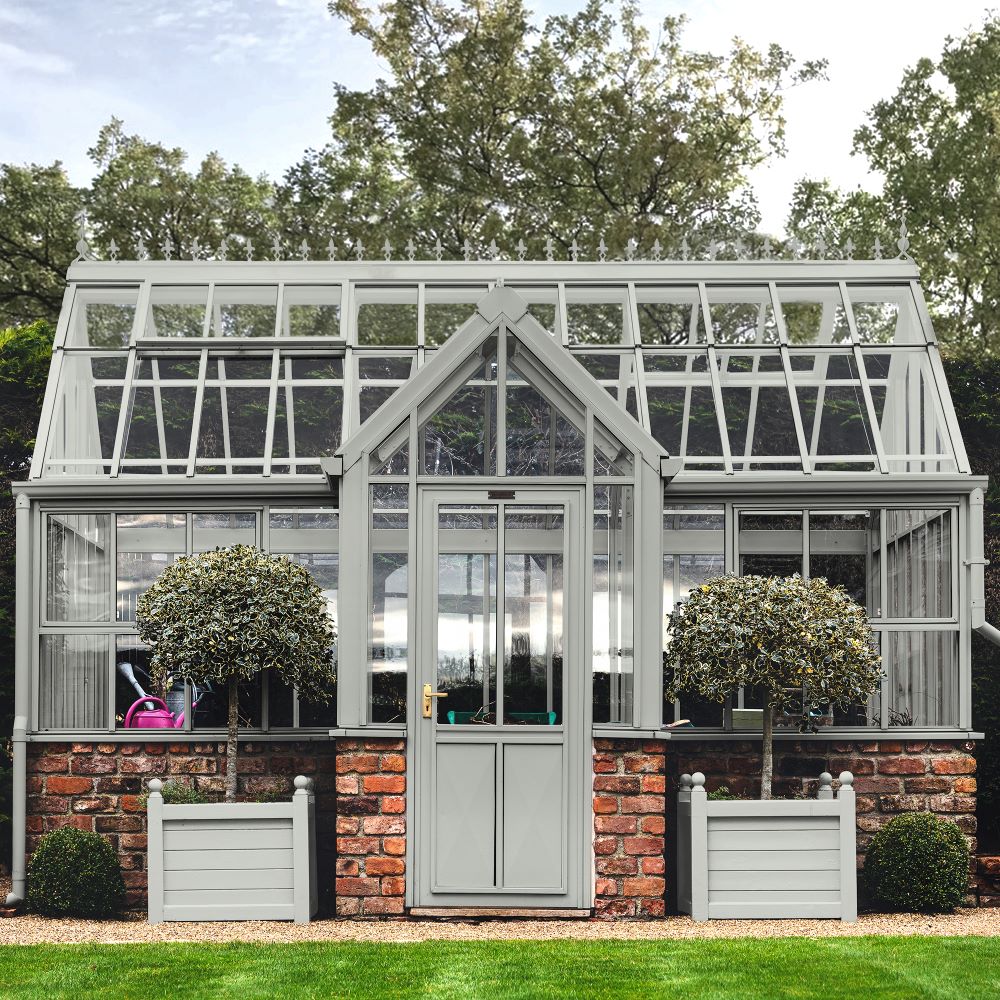How to paint metal
Whether you’ve got furniture in need of a refresh, or your radiators have seen better days, all it takes is some specialist metal paint to make them look brand new again. Not only does a colourful coating of paint ensure an attractive look, but it adds a protective layer against rust and corrosion, too. Luckily, there are plenty of metal paints to choose from here at Graham & Brown. Plus, with a little planning, and by following these simple steps, you'll have a much greater chance of success when it comes to tackling your DIY paint project. So, from priming metal, to the tools required, here’s everything you need to know about how to paint metal…
What types of paints can you use for metal work?
When you decide to paint interior or exterior metal, it’s important to use a paint that’s specially formulated for metal surfaces. If you don't use the correct paint, it will peel or flake off, completely ruining the finish of your metal. The two main types of paints that are used to paint metal come in both oil and water-based varieties. Although oil-based paint is often considered as more durable, it can also take longer to dry and is more vulnerable to cracking. All of our metal paints here at Graham & Brown are water-based, which has the benefits of taking less time to dry and emitting fewer fumes.

Guide to painting interior and exterior metal
From making sure you’ve got the right paint, to the correct way to apply it, our guide to painting exterior and interior metal includes all the fool-proof tips you need to get it right the first time.
1. Get your tools together
Before you begin, here are the useful pieces of kit you’ll need:
- Wire brush or sandpaper
- Damp cloth
- Paint
- Paint brush
- Diluted detergent
- Old newspaper or dust sheet
2. Prepare the surface
Preparing your surface for painting is quick, easy and essential. When it comes to how to remove paint from metal, start by removing any flaking paint and loose rust with a wire brush or sandpaper. Wash down thoroughly with diluted detergent, rinse away any residue with clean water and then wipe down the metal with a damp cloth. Leave to dry completely. Don’t be tempted to rush the prep stage as this creates a smooth base for the best results and ensures the paint adheres properly.
3. Apply the paint
Protect the surface beneath the metal with a dust sheet or thick newspaper to catch any drips or spills. Stir the paint thoroughly and apply the paint directly to the metal with a brush. The size of the brush you use is dependent on the metal object you’re painting. A narrow brush is better for railings and steel spindles, whereas a broader brush is best for larger pieces of furniture. Paint on an even, thin layer and always allow the paint to dry between coats. Two coats is almost always recommended, with a usual recoat time of four hours.
4. Add the finishing touches
Now you’ve completed the above steps, check for any missed spots and dab on any additional paint needed with a small paint brush. For additional long-lasting protection against weathering, corrosion or chipping, a top coat or sealer can also be applied.
How to care for and maintain painted metal
Once you’ve revived your metal with the right interior or exterior paint for durability, there’s often no special maintenance required apart from some regular cleaning. A damp cloth or soft brush can be used to clean off dust and dirt weekly. Avoid using abrasive materials that can cause scratches or any solvent cleaners, as these can dull or even damage the finish. To help prevent rust from developing, it’s also a good idea to check for imperfections every year. If you notice any scratches, blisters or cracks, simply sand away loose paint and touch up the area with two coats of paint.